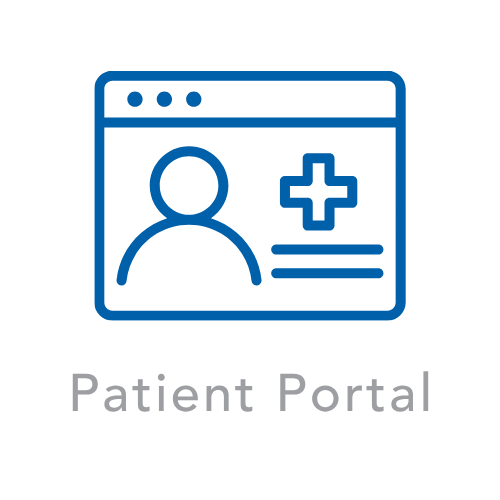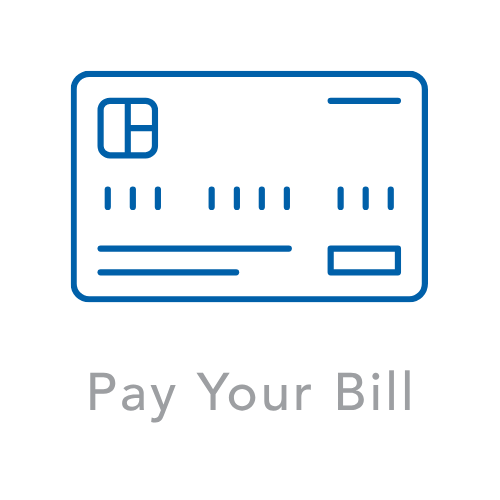Most women who have fibrocystic breast changes or cyclic breast pain do not require treatment from their health professional. Cystic or tender breasts are a normal premenstrual condition, and fibrocystic changes do not lead to breast cancer. Unless your pain is severe and long-standing, home treatment measures are likely to relieve your symptoms. Low-dose birth control pills (oral contraceptives) may help reduce cyclic breast tenderness and breast swelling before periods. This may be an option if you have cyclic breast pain and you also want to prevent pregnancy.
- Birth control pills have very few serious side effects and may be taken safely by most nonsmoking women through their 40s.
- Some women find that birth control pills make their breast symptoms worse. Breast pain can also be a side effect of birth control pills.2
- In very rare cases, other prescription medications are used to treat severe cyclic breast pain. Because all of these medications can cause serious side effects, they are used only in cases of severe pain.
- Danazol is a man-made form of the male hormone testosterone. This medication stops your menstrual cycle and puts your body into a menopause-like state.
- Bromocriptine reduces the production of prolactin, a hormone that is involved in breast development.
- Tamoxifen blocks the effects of estrogen in the body. It is often used to treat breast cancer, and to help prevent breast cancer in high-risk women.
- Toremifene also blocks the effects of estrogen. One small study has shown that toremifene relieves breast pain, with fewer side effects than tamoxifen.
- Goserelin injections stop your ovaries from working. This stops your menstrual cycle and puts your body into a menopause-like state. Significant side effects include hot flashes and weakened bones (bone density loss).







